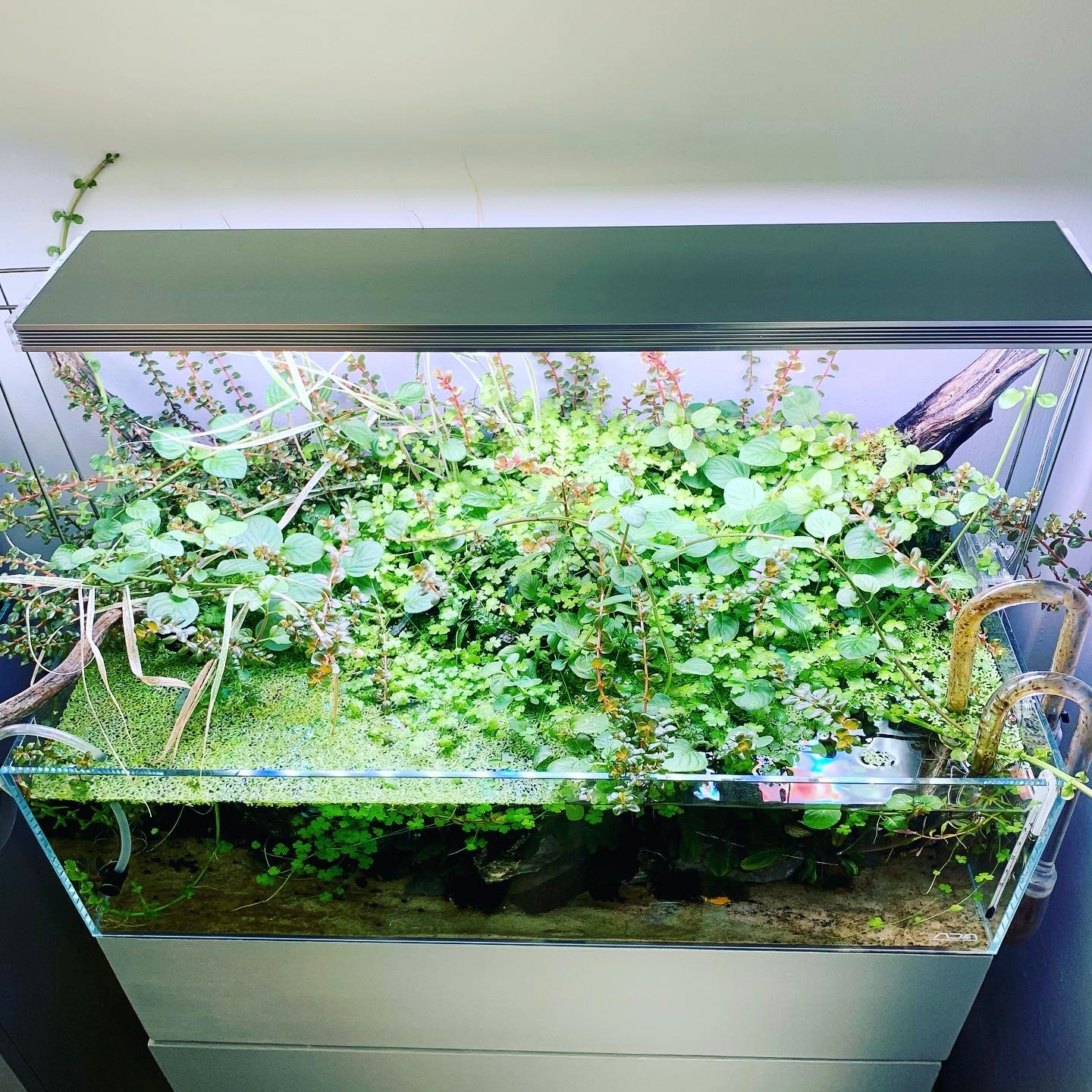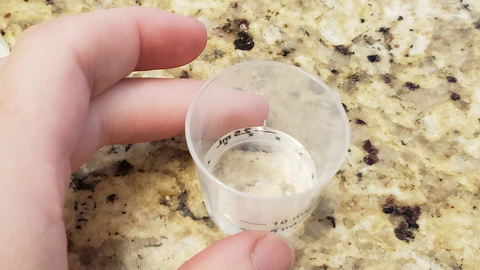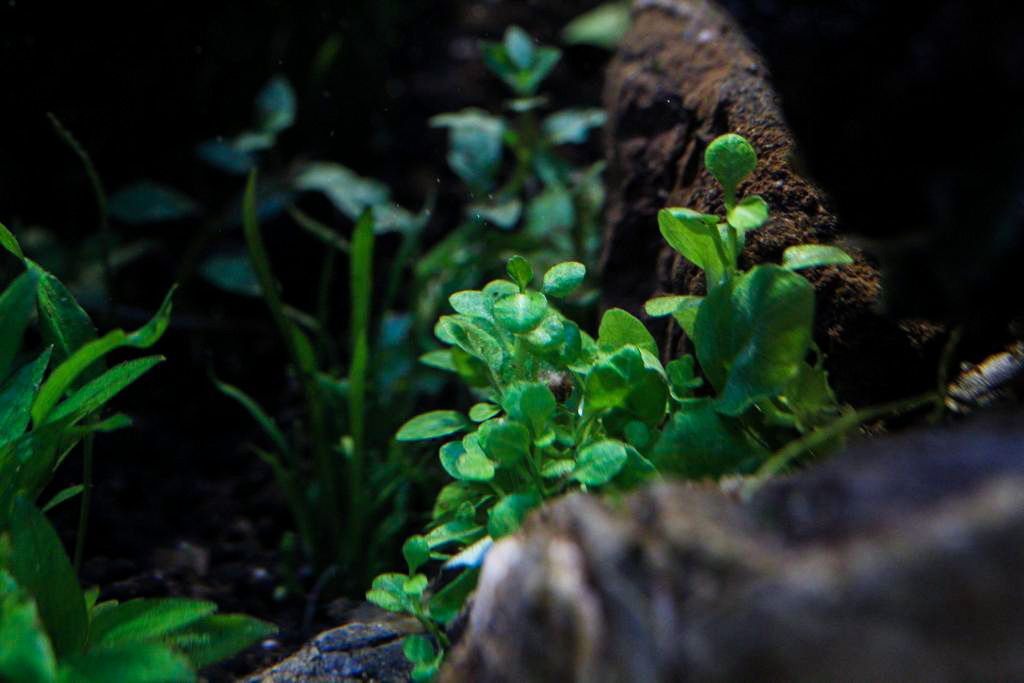Carbon in the Planted Aquarium: Gas vs. Liquid
Introduction
In the world of aquarium keeping, achieving a thriving planted aquarium can be a rewarding endeavor. To create the optimal environment for lush aquatic plants, providing an adequate supply of carbon dioxide (CO2) is crucial. Carbon is an essential element for plant growth, and it plays a vital role in photosynthesis. However, aquarium enthusiasts often find themselves debating between using gas or liquid carbon sources to meet the demands of their aquatic plants. In this article, we will explore the pros and cons of gas and liquid carbon dioxide options for planted aquariums, offering insights into how to add CO2 effectively and discussing the best CO2 kits for aquariums.

Understanding the Importance of CO2 in Planted Aquariums
Carbon dioxide is a key component required by plants during photosynthesis, enabling them to convert light energy into chemical energy. In a planted aquarium, supplying an ample amount of CO2 ensures robust plant growth, vibrant colors, and a healthy aquatic ecosystem. Insufficient levels of CO2 can lead to sluggish plant growth, poor coloration, and an imbalanced aquarium ecosystem.
Gas CO2 Injection for Planted Aquariums
-
How to Add CO2 to an Aquarium
One popular method of adding CO2 to a planted aquarium is through gas injection. This method involves utilizing a CO2 tank and aCO2 regulator to control the flow of gas into the aquarium water. The CO2 is typically diffused using a CO2 diffuser or a CO2 reactor, which ensures an even distribution of the gas throughout the aquarium.
To facilitate gas CO2 injection, most of the aquarium regulators are equipped with a needle valve, ensuring a consistent and controlled CO2 supply for the plants. By monitoring and adjusting the dosage, users can fine-tune the CO2 levels to meet the specific requirements of their aquatic flora.
Liquid CO2 Supplement for Planted Aquariums

-
Liquid CO2 Tanks
An alternative to gas CO2 injection is the use of liquid CO2 supplements. These supplements typically come in the form of liquid carbon additives that contain compounds like glutaraldehyde. When added to the aquarium, the liquid carbon is readily absorbed by the plants, providing them with a source of carbon.
-
Liquid CO2 Kit for Aquariums
For aquarium hobbyists who prefer a simpler and more cost-effective method, a liquid CO2 kit for aquariums may be an ideal choice. These kits typically consist of a liquid carbon supplement and detailed instructions on dosage and application. While they may not offer the same level of precision as gas injection systems, they provide an alternative option for maintaining adequate carbon levels in planted aquariums.
Choosing the Right CO2 System for Your Planted Aquarium
The decision between gas and liquid CO2 supplementation ultimately depends on several factors, including personal preference, budget, and the specific needs of the aquarium. To help you make an informed choice, consider the following:
-
Plant Requirements
High-demand plants may benefit from the precise control provided by gas injection systems, while low to moderate-demand plants can thrive with liquid CO2 supplementation.

-
Budget
Pressurized CO2 injection systems typically involve a higher upfront cost, including the purchase of a CO2 tank and regulator. On the other hand, liquid CO2 supplements are generally more affordable.
-
Maintenance
Gas injection systems require regular monitoring and refilling of CO2 tanks from time to time, while liquid CO2 supplements may need to be dosed daily or weekly, depending on the product.
Conclusion
In the quest for a lush and vibrant planted aquarium, supplying an adequate amount of carbon dioxide is essential. Both gas and liquid CO2 supplementation methods have their advantages and considerations. Gas injection systems offer precise control and are ideal for high-demand plant species. They require initial investment and regular maintenance but provide the ability to fine-tune CO2 levels for optimal plant growth and are safer for the fish.
On the other hand, liquid CO2 supplements offer a convenient and cost-effective option for aquarium enthusiasts. They are simpler to use and require less maintenance compared to gas injection systems. Liquid CO2 supplements are suitable for low to moderate-demand plants and can provide satisfactory results without the need for complex equipment.
When choosing the right CO2 system for your planted aquarium, it's crucial to consider the specific needs of your plants, your budget, and the level of involvement you desire in maintaining the CO2 levels. It's also essential to monitor the impact of CO2 supplementation on the overall aquarium ecosystem, including pH levels, fish health, and algae growth. Regardless of the chosen method, proper dosing and monitoring are key to achieving the best results. Regularly test the CO2 levels in your aquarium using a CO2 drop checker or/and a pH controller with a CO2 probe. This will help you ensure that the carbon dioxide concentration remains within the optimal range for plant growth while avoiding any adverse effects on fish or other inhabitants.

To sum up, carbon dioxide is a crucial component for a thriving planted aquarium. Whether you opt for gas injection or liquid supplementation, both methods can effectively provide the necessary carbon for your aquatic plants. Consider your specific requirements, budget, and maintenance preferences when selecting the best CO2 system for your planted aquarium. With proper care and attention, you can create a breathtaking underwater paradise filled with lush, vibrant plants and a harmonious aquatic ecosystem.
Remember, the key to success lies in finding the right balance and ensuring a pleasant and healthy environment for your aquatic plants and the inhabitants of your aquarium.
So, whether you choose to explore the precision and control of a gas CO2 injection system or the convenience of liquid CO2 supplementation, take the time to understand the needs of your planted aquarium and enjoy the journey of creating a breathtaking underwater oasis.
In conclusion, carbon dioxide plays a vital role in the growth and well-being of aquatic plants in a planted aquarium. Both gas and liquid CO2 supplementation methods offer their advantages and considerations. By understanding your plant's requirements, budget, and maintenance preferences, you can select the best CO2 system for your aquarium. Achieving the right balance of carbon dioxide in your planted aquarium will create a visually stunning and thriving aquatic ecosystem that will be the envy of all who see it.




